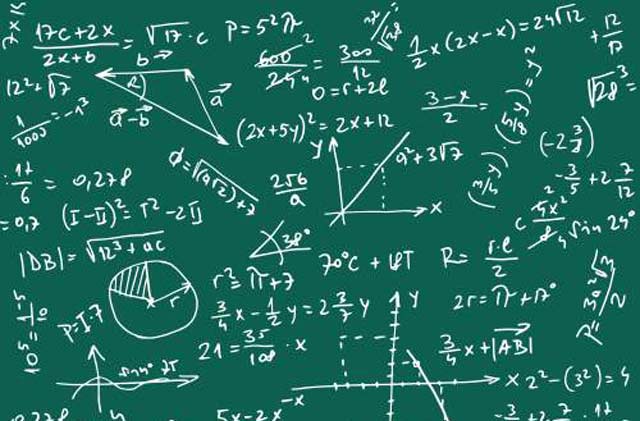 While I was a student at Cornell University , I tutored from my sophomore to senior year at the Knight Institute, a walk-in tutoring service center. While no two tutoring sessions were ever the same, when analyzing the essays that crossed my path I noticed that there were a few common problems that students shared in their writing.
While I was a student at Cornell University , I tutored from my sophomore to senior year at the Knight Institute, a walk-in tutoring service center. While no two tutoring sessions were ever the same, when analyzing the essays that crossed my path I noticed that there were a few common problems that students shared in their writing.
These are the three biggest issues I noticed in Cornell students who struggled with in their writing:
- Conclusions: From the middle school- to college-level, it seems that writing a paper’s conclusion is a universally daunting task. Many undergraduate students were falling into the same trap that I had learned long ago was an ultimate no: using the conclusion to summarize everything they had talked about in their paper. What was more interesting to me was the fact that most people I mentioned this to already knew it was a mistake. They, too, knew not to make an essay’s conclusion boring and redundant. The larger issue was that they didn’t know what write down instead.
I do think that it’s necessary to use the first part of your conclusion to go over what you discussed in your paper. It’s important to tie everything together, but this summarization should not extend beyond three or four sentences. Instead of being overwhelmed by the prospect of writing a conclusion, ask yourself one simple question to expose its potential: why? This question is directed at your thesis statement. For example, if your thesis is that “[Author] presents [X character] as a feminist alternative to [Y character] in the novel,” you would presumably spend your paper arguing that point. However, when you get to the conclusion, you could take a stab at answering why the author does this. Why is there a need for a feminist character at all? Why does the feminist character act as an alternative — and is that characteristic portrayed in a positive way? By asking why the author does what you have argued, you can use the conclusion as an opportunity to broaden the lens from your specific topic to the greater social, political, economic or cultural implications of that idea.
- Quotations: Quotations are an essential part of every paper, whether it be an analysis of a novel or a research paper about the effects of a technological development. Formatting quotes is one task, but the bigger issue that I found Cornell students struggled with was how to use quotes in their papers.
Overuse and underuse of quotes are not easy problems to avoid. You don’t want your paper to be so flooded with quotes that only a few sentences in every paragraph are your own, but you need to be careful not to make claims without using evidence. There’s a good rule you can use to make sure every one of your quotes is necessary: you have to explain the quote.
I always apply a three-step process to using quotes. 1) Insert the quote. 2) Paraphrase what it means. 3) Analyze the quote. The third step is the most essential; you need to explain the quote’s importance, its relevance, and demonstrate clearly how it supports your thesis. One of the key aspects to this formula is determining how much of a quote you actually need to include. Are you only analyzing the very end of a quote that takes up three lines? If so, acknowledge that. Take the rest out and include only what you need for the reader to understand its context. In terms of contemplating whether to include the quote at all, think about this: if you can’t explain a quote, assume that your reader thinks you don’t understand it. If your analysis of the quote has already been used a few in your paper, note that redundancy and remove it. Generally speaking, I would advise only include a quote if you can use these three steps to break it down and enrich your paper.
- Commas: If you have been told that you incorrectly use commas, you’re not alone — far from it. I was surprised when I started working at the Knight Institute to see how many people overused commas. There is a comma epidemic going around!
I found that the most effective way to identify comma overuse is also the most simple: read it out loud. Take a break from your paper — I personally find that a few hours minimum is necessary for me to be able to look at my writing with fresh eyes — and read it out loud. When do you usually need a comma? When you take a breath. If you’re reading and find that commas are inserted where you wouldn’t naturally need a moment to pause, take it out. Otherwise it feels just as awkward, for whoever is reading your paper to have a break in the sentence at that point. See what I did there?
By Becky Plotkin, Private Tutor
 In
In  If I were allowed to instantaneously eradicate one bad habit among physics students, I would choose their addiction to numbers. That is, the propensity of many students to plug numbers into an equation at the first opportunity. I think that this addiction stems from several factors:
If I were allowed to instantaneously eradicate one bad habit among physics students, I would choose their addiction to numbers. That is, the propensity of many students to plug numbers into an equation at the first opportunity. I think that this addiction stems from several factors:  Having a son (let’s call him K) who holds the chess rank of National Master, and who is also years ahead of his peers in
Having a son (let’s call him K) who holds the chess rank of National Master, and who is also years ahead of his peers in